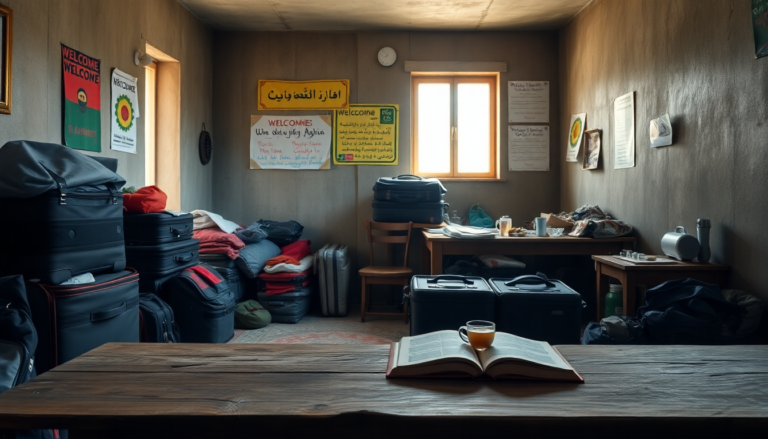Argomenti trattati
The recent developments surrounding the U.S. travel bans and their implications for Afghan nationals have stirred significant debate and concern. With the chaotic withdrawal of U.S. troops from Afghanistan and the rise of the Taliban, many Afghans who supported American efforts in the country find themselves in a precarious situation. The travel ban, enacted by the former Trump administration, restricts entry from several countries, including Afghanistan, but offers some exceptions that are crucial for those seeking refuge.
The context of the travel ban
In 2024, President Trump reinstated a travel ban affecting a dozen countries, Afghanistan included. The rationale behind this decision was grounded in national security concerns, particularly the fear of terrorism. The White House highlighted that the Taliban, labeled as a Specially Designated Global Terrorist group, controls Afghanistan. This situation raises significant concerns about the safety and security of Afghan nationals, especially those who worked alongside U.S. forces.
While the travel ban imposes strict restrictions, it does provide a glimmer of hope for some Afghans through the Special Immigrant Visa (SIV) program. This program allows those who assisted U.S. military operations to apply for visas, offering a pathway to safety. Since the tumultuous withdrawal in August 2021, around 200,000 Afghans have managed to resettle in the U.S. under this program, showcasing the desperate need for asylum among those left behind.
Challenges faced by Afghan nationals
Despite the opportunities presented by the SIV program, many Afghans remain in limbo, waiting for their applications to process. Over 200,000 individuals are still outside the U.S., navigating the complexities of immigration bureaucracy. The situation is dire, as many of these individuals face threats to their safety from the Taliban, who view them as traitors.
The emotional toll on these families is profound. Many have lost loved ones or are separated from family members who are still in Afghanistan, living under constant fear of persecution. The travel ban not only complicates their journey to safety but also adds layers of uncertainty to their lives.
Political implications and public response
The travel ban has sparked outrage among advocacy groups and individuals who see it as a betrayal of Afghan allies. Critics argue that the ban punishes those who risked their lives to support U.S. missions and undermines the commitment the U.S. made to protect its allies. Shawn VanDiver, head of the advocacy group AfghanEvac, described the ban as an act that does nothing to enhance American safety and instead harms those seeking refuge.
Moreover, the ban has drawn attention to the broader implications of U.S. immigration policy and its impact on global humanitarian efforts. With the U.S. pausing almost all refugee programs amid the ongoing crisis, concerns grow about the future of Afghan nationals and the U.S.’s role in providing sanctuary to those in need.
The future for Afghan nationals
As the situation evolves, the fate of Afghan nationals is uncertain. The expiration of temporary protected status for many Afghans raises pressing questions about their future. The government has claimed improvements in Afghanistan’s security and economy, suggesting that conditions are ripe for return. However, many Afghans tell a different story—one filled with fear, instability, and continued threats from the Taliban.
With ongoing discussions about immigration reform and refugee policies, the plight of Afghan nationals will likely remain a focal point of political discourse. There is a pressing need for a compassionate response that recognizes the sacrifices made by those who supported U.S. efforts and ensures their safety in the face of adversity.

